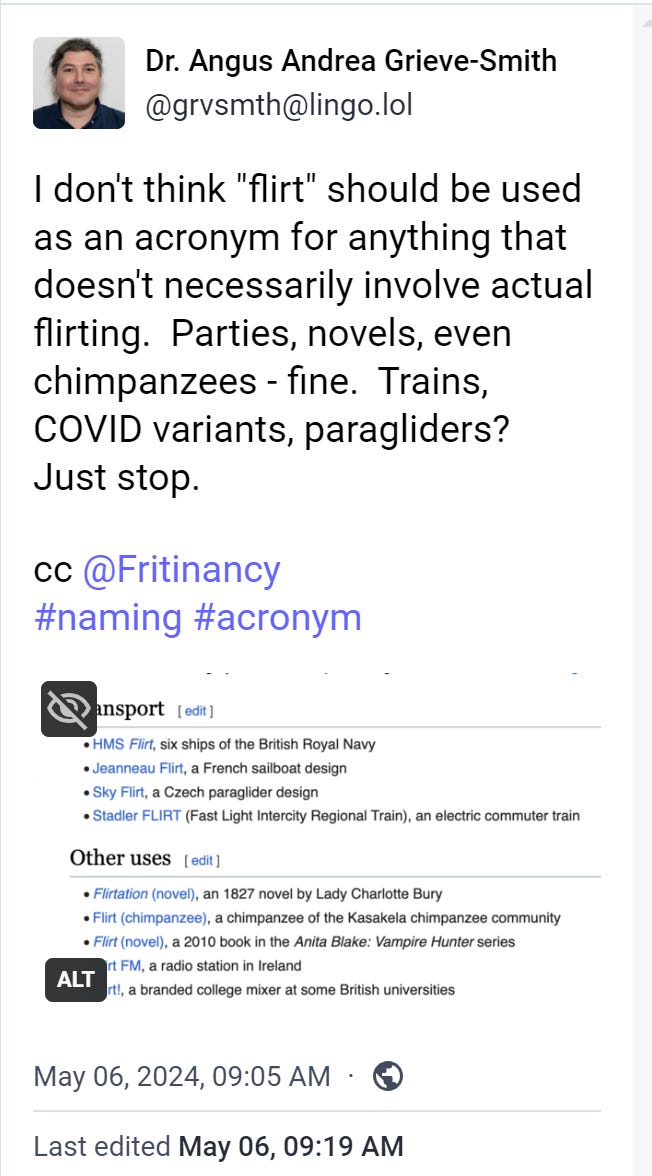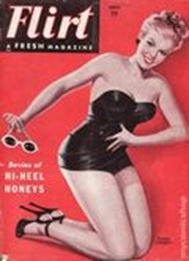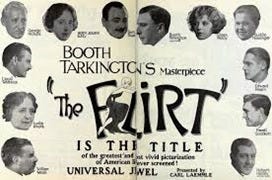I hadn’t been keeping up on recent Covid nomenclature, so this Mastodon post1 from Dr, Angus Andrea Grieve-Smith sent me on a research odyssey.

They aren’t teasing: FLiRT is indeed what health agencies are calling a new set of coronavirus variants.
Here’s reporter Aidin Vaziri in the San Francisco Chronicle, May 9, 2024 (gift link):
The variants, known as KP.1.1 and KP.2, have recently overtaken JN.1 as the dominant omicron offshoot in the U.S. They now account for 1 in 4 infections nationwide, according to the latest data from the Centers for Disease Control and Prevention.
Why “FLiRT”? It’s an acronym. Vaziri again:
The FLiRT variants — KP.2 and KP.1.1 — are offshoots of JN.1.11.1, a descendant of the JN.1 variant that drove most cases this winter. All of them are part of the omicron family. The new strains come with two additional mutations whose alphabetical designations (F and R) are the source of their nickname. Scientists speculate that the mutations could make the variants more infectious.
I asked Chat followers to weigh in on “FLiRT.” James Petrie responded:
Too cute by half. FLiRT makes me think of a dating app (given how toxic some of them can be, it may not be inappropriate). However there is enough of a problem with people continuing to pay attention and take COVID seriously that using such a name is inappropriate. Do we name each variant of the flu with an eye towards public consumption?
I agree that FLiRT is a peculiar, if memorable, choice for a disease name, especially when two reasonable alternative acronyms were available: FiLTR and LiFTR. (Thumbs down on TRiFL, though.)
As it happens, I’ve written about flirt previously — and in relation to both the Covid pandemic and dating apps! The context: Just before Valentine’s Day, 2021, New York Governor Andrew Cuomo announced the reopening of limited indoor dining in New York City, which had been hammered by the pandemic. From my February 8, 2021, blog post: “‘This is the city’s second flirtation with a return to dining in’ since the onset of the pandemic, wrote Helen Rosner in the New Yorker on February 5, employing a noun with meaningful V-Day overtones and shadings of deception and caprice.”
Here’s a lightly edited reprint of that blog post:
Flirt and its relatives—flirty, flirtation, flirtatious—have a fickle history in English. The noun and the verb both first appeared in writing around 1550; the noun meant “a jest” or “a stroke of wit,” while the verb meant “to turn up one’s nose” or “to scoff.” By the 1760s, Samuel Johnson was using flirt to mean “a pert young hussy” (a woman of flighty character). In Aphra Behn’s 1689 play The Widow Hunter—one of the the first plays to be set in British colonial America—one character is a “tapstress” (tavern-keeper) named Mrs. Flirt. The sense of “one who plays at courtship” dates from the first half of the 18th century, when it could apply to either a man or a woman.
The OED says the word’s origins are onomatopoetic –“compare flick, flip, flerk, spurt, squirt”—while the Online Etymology Dictionary points out that English words that begin with fl- often connote “a loose, flapping motion” and connect “the notions of flightiness and licentiousness”: consider fly, flicker, flash, flap, fledgling, flutter, fling, fluster, flit, flurry, flock, fling, flounce, flinch, flail, floozy, and Scots flisk, “to fly about nimbly.” Another theory holds that the word was influenced by an Old French verb, fleureter (“to talk sweet nonsense” or “to touch a thing in passing”—a flower, say). If so, English has repaid the debt: the French have borrowed flirter (“to flirt”) since the 19th century.
Flirt was popular in literary and cinematic titles in the early 20th century. On IMDb I counted 25 silent films, made between 1901 and 1928, with flirt in their titles, including Don’t Flirt, Flirty Fan, How to Flirt, The Magnificent Flirt, and Married Flirts. Most of the flirts in question are young women, but in this 1917 short film the comic genius Harold Lloyd plays the title character.

Flirt has also enjoyed a robust life as a commercial name. Between 1947 and 1955, the enterprising Robert Harrison—best known for Confidential magazine—published a girlie mag called Flirt that, according to Wikipedia, “mainly featured fetishist photo-stories.” (Harrison’s other titles included Wink, Whisper, Eyeful, and Titter. That last publication was touted as “America’s merriest magazine.”)

Unsurprisingly, flirt has appeared in the names of a raft of online dating/hookup services: ClickAndFlirt, EasyFlirt, QuickFlirt, iFlirt, UpToFlirt, FlirtWithMe, EliteFlirt, Flirtini. Among the 86 FLIRT trademarks in the USPTO is Flirt vodka, produced in Bulgaria and notorious for its “predictably sizzling and provocative” ads, according to The Spirits Business.
Flirt also lends itself to punny business. “Flirty Dancing” was an American TV series that lasted a single season on the Fox network, in 2019. (Synopsis: “Strangers are taught a dance, then dance together on a blind date to see if they have chemistry.”) IMDb shows two unrelated TV episodes titled “The Flirt Locker,” from 2010 and 2011. (The Oscar-winning film The Hurt Locker was released in 2008.)
These days, flirt is often followed by disaster. The 1996 Ben Stiller comedy Flirting with Disaster, which elevated an existing idiom to title status, sparked a bunch of copycats: IMDb shows 17 television episodes with the identical title.
And since the advent of the pandemic we’ve seen a spike in “flirting with disaster” news stories. Donald Trump was “flirting with disaster” by holding rallies during the pandemic, a former White House medical advisor told CNN last July. “Why does California’s power grid keep flirting with disaster?” asked a Los Angeles Times headline last September, in the middle of wildfire season. “We’re flirting with pandemic disaster,” warned a January 28, 2021, story in the New Yorker. Premature restaurant reopenings appear to be another disastrous flirtation. With a virus in the air, the most romantic way to flirt may be the old-fashioned way: at a discreet distance.
A postscript to that post: We also like to flirt with danger. There have been at least five films titled Flirting with Danger, and Flirting with Danger is the title of Janet Wallach’s 2023 biography of “America’s first female international spy.” Could the associations with disaster and danger have influenced the people who named the latest Covid variant?
I tried embedding the code for the post. No luck. Can someone more Substack-savvy than I help me out?





Can't forget about the 80s pop group The Flirts!
https://www.youtube.com/watch?v=Ro7zJAvBWvI
I don't know it it's just this guy (Michel Delpech) or the French in general, but back in '72, he had a song hit with "Pour un Flirt." (For a flirt with you.) My wife listens to French popular music from the old days on several Apple Music "stations." If you wish, you can scroll the lyrics as the song plays. I learn a lot of French that way.
I had noticed the song, because even in French it's clear that he doesn't mean "flirt" in the English sense. I had to use Google Translate because my French is still not very good, but here's a couple of passages:
For a flirt
With you
I would be ready for anything
For a simple rendezvous
For a flirt
With you
For
A little tour
One little day
In your arms
For
A little tour
At daybreak
Between your sheets
I could damn myself
For a single stolen kiss
For a flirt
With you
I would make love
To cuddle you a little
For a flirt
With you
I would do crazy things
To get to your bed
For a flirt
With you
......
I rest my case.